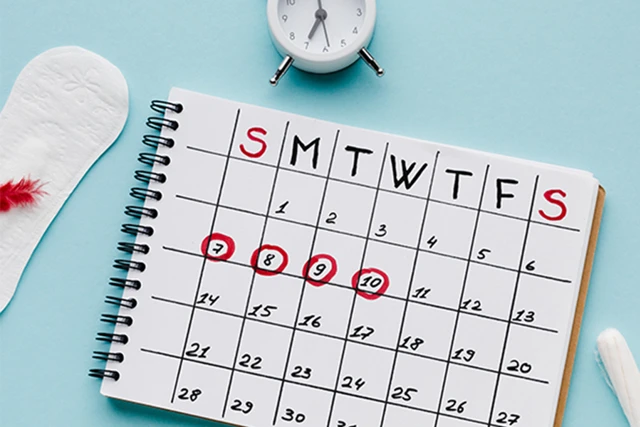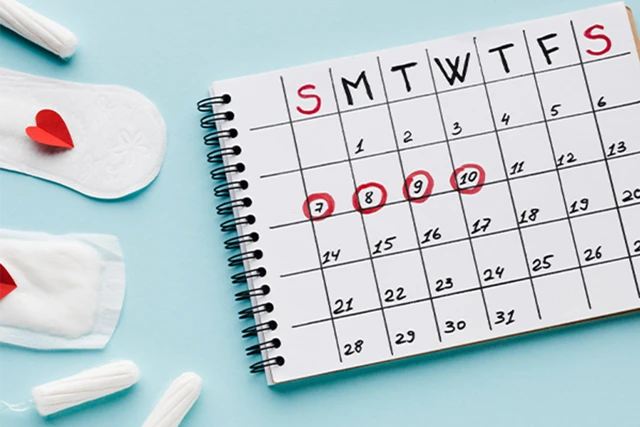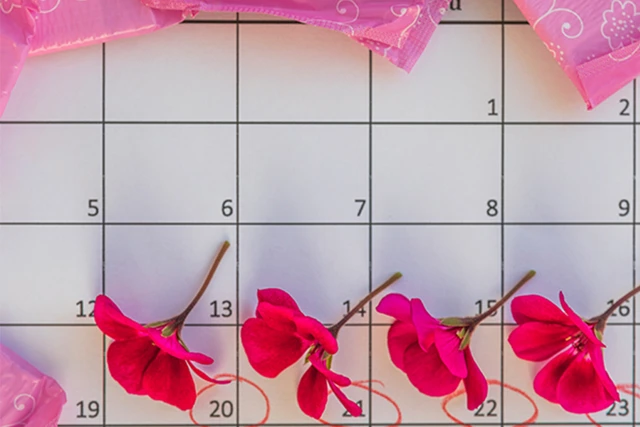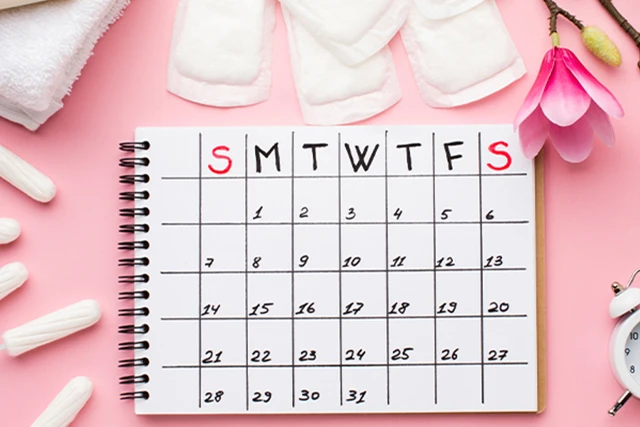1. What Is the Menstrual Cycle?
The menstrual cycle is a natural physiological process that occurs monthly in the female body to prepare for potential pregnancy. It is part of the female reproductive system and is regulated by the coordination of reproductive hormones.
1.1. Basic Definition
The menstrual cycle refers to the time from the first day of one period to the first day of the next. On average, a menstrual cycle lasts about 28 days, but it can vary between 21 and 35 days depending on the individual.
1.2. Phases of the Cycle
Menstrual Phase: This is the first phase of the cycle, lasting between 3 and 7 days. During this time, the uterine lining is shed and expelled through the vagina along with menstrual blood.
- Follicular Phase: This phase begins on the first day of menstruation and continues until ovulation. During this period, follicles in the ovaries begin to mature under the influence of the Follicle Stimulating Hormone (FSH), while estrogen is produced to thicken the uterine lining.
- Ovulatory Phase: Occurring around the midpoint of the cycle—typically on day 14 of a 28-day cycle—this phase marks the release of a mature egg from the ovary into the fallopian tube, where it is ready to meet sperm.
- Luteal Phase: This phase starts after ovulation and lasts until the beginning of the next period. During this time, the corpus luteum produces progesterone to maintain the uterine lining, preparing for the implantation of a fertilized egg.

When Is Conception Possible: Before or After Your Period?
2. How the Menstrual Cycle Works
The menstrual cycle is the result of complex interactions between hormones secreted by the brain, pituitary gland, and ovaries. Here's a detailed overview:
- Day 1 of the cycle: Begins with the first day of menstruation, when the uterine lining is shed and exits through the vagina.
- Follicle growth: During the follicular phase, FSH stimulates the development of ovarian follicles. These follicles produce estrogen, which thickens the uterine lining in preparation for a fertilized egg.
- Ovulation: When estrogen levels reach a certain threshold, the pituitary gland releases luteinizing hormone (LH), triggering ovulation. The egg is then released from the ovary and moves into the fallopian tube.
- Luteal phase: After ovulation, the ruptured follicle transforms into the corpus luteum, which produces progesterone to maintain the uterine lining. If fertilization does not occur, the corpus luteum breaks down, progesterone levels drop, and the uterine lining is shed, starting a new cycle.

When Is Conception Possible: Before or After Your Period?
3. When Is Conception Most Likely: Before or After the Period?
Conception is the process where a sperm fertilizes an egg, forming a zygote that implants into the uterine lining. For successful conception, the egg must be fertilized within a short time after ovulation.
- Before the period: Having intercourse before your period is generally not an ideal time for conception, as the egg is no longer viable. However, irregular cycles can cause ovulation timing to vary.
- After the period: The time between the end of menstruation and the midpoint of the cycle (around days 10 to 17 of a 28-day cycle) is typically the most fertile period. This window aligns closely with ovulation, increasing the chances of the egg meeting the sperm.
If your cycle is regular, your likelihood of conceiving is higher during this timeframe. To improve accuracy, you can use ovulation tracking methods or monitor your basal body temperature.

When Is Conception Possible: Before or After Your Period?
4. Should You Track Conception Dates Based on Your Menstrual Cycle?
Using your menstrual cycle to estimate your fertile window is a common and often helpful method, especially if your cycle is regular. However, a few factors should be taken into account:
- Accuracy: This method may not be fully reliable if your cycle is irregular or if you're not consistently monitoring bodily signals.
- Ovulation tracking: For more precise results, consider combining cycle tracking with other methods, such as checking your basal body temperature, using ovulation predictor kits, or monitoring changes in cervical mucus.
- Cycle variability: Your cycle can be affected by various factors such as stress, diet changes, or underlying health conditions. These changes can influence ovulation timing and your ability to conceive.

When Is Conception Possible: Before or After Your Period?
In Summary
Understanding your menstrual cycle and the process of conception is an essential part of planning for pregnancy. Conception most commonly occurs around the time of ovulation, so tracking your cycle and observing physical signs can significantly increase your chances of success.
Key points to remember:
- The best time for conception is around ovulation, typically between days 10 and 17 of a 28-day cycle.
- Estimating your fertile window based on your menstrual cycle can be effective, but combining it with other tracking methods will yield better results.
- Monitoring your cycle and physical signs can help you plan your pregnancy more effectively.
- Always listen to your body and consult with a doctor or fertility specialist if needed to ensure a safe and successful conception journey.
We wish you the best of luck in your family planning and hope you maintain excellent health throughout the process!
